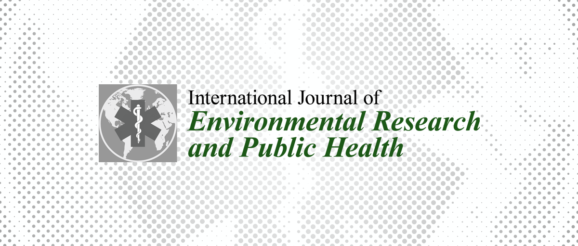IJERPH | Free Full-Text | Threshold Effect of Environmental Regulation and Green Innovation Efficiency: From the Perspective of Chinese Fiscal Decentralization and Environmental Protection Inputs

In the context of China’s 14th Five-Year Plan and 2035 visionary goals of national economic and social development, to achieve the national dual carbon goals, an innovation-driven green development strategy must be implemented, and the relationship between environmental regulation and green innovation efficiency must be clarified. Based on the DEA-SBM model, in this study, we measured the green innovation efficiency of 30 provinces and cities in China from 2011 to 2020 by introducing environmental regulation as the core explanatory variable, and two threshold variables, environmental protection input and fiscal decentralization, to empirically analyze the threshold effect of environmental regulation on green innovation efficiency. We found that: (1) The green innovation efficiency of 30 provinces and municipalities in China is spatially distributed as strong in the east and weak in the west. (2) A double-threshold effect exists with environmental protection input as the threshold variable. Environmental regulation showed an inverted N-shaped relationship of first inhibiting, then promoting, and finally inhibiting green innovation efficiency. (3) A double-threshold effect exists with fiscal decentralization as the threshold variable. Environmental regulation showed an inverted N-shaped relationship of inhibiting, promoting, and then inhibiting green innovation efficiency. The study results provide theoretical guidance and practical reference for China to achieve the dual carbon goal.
